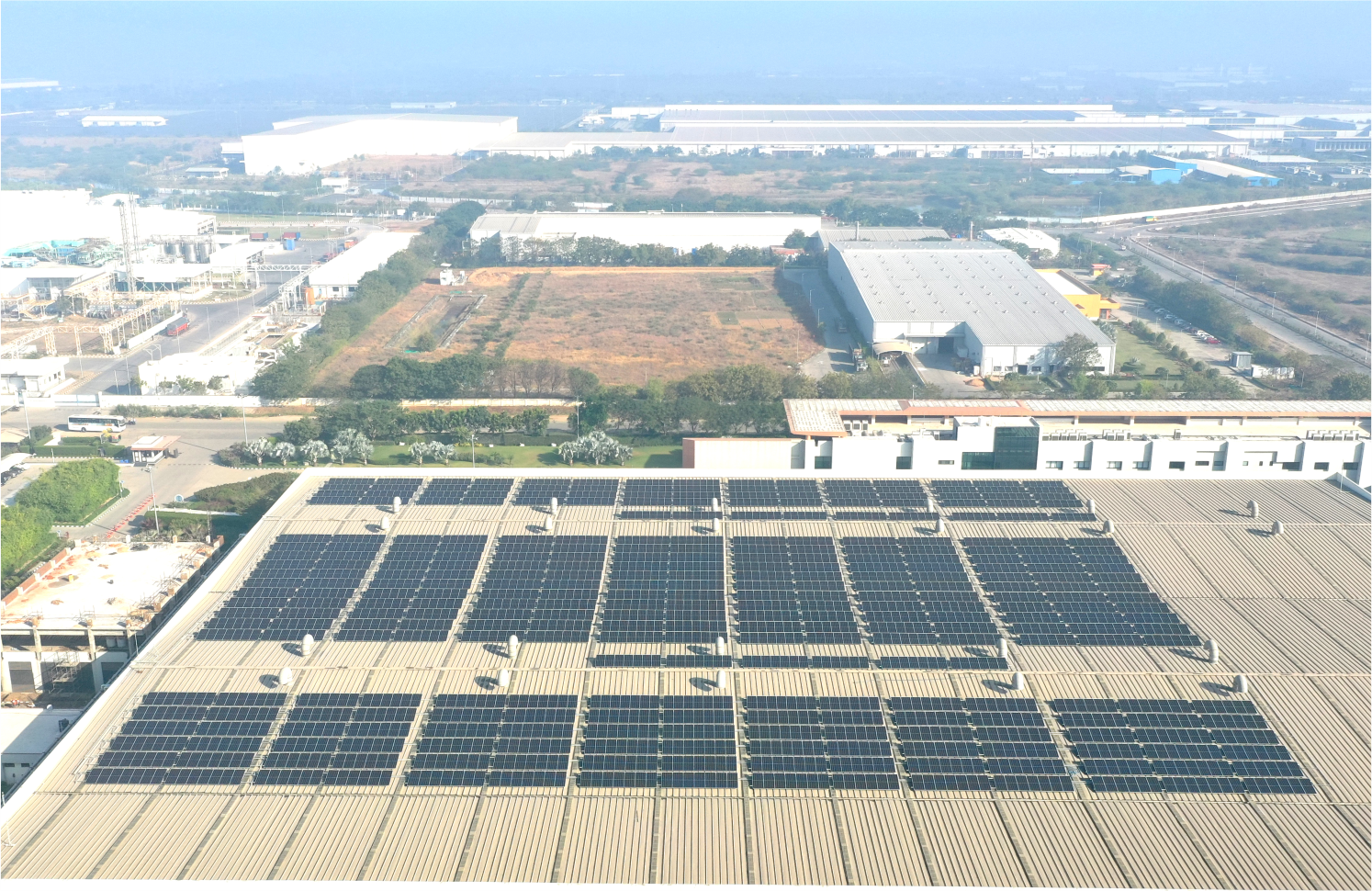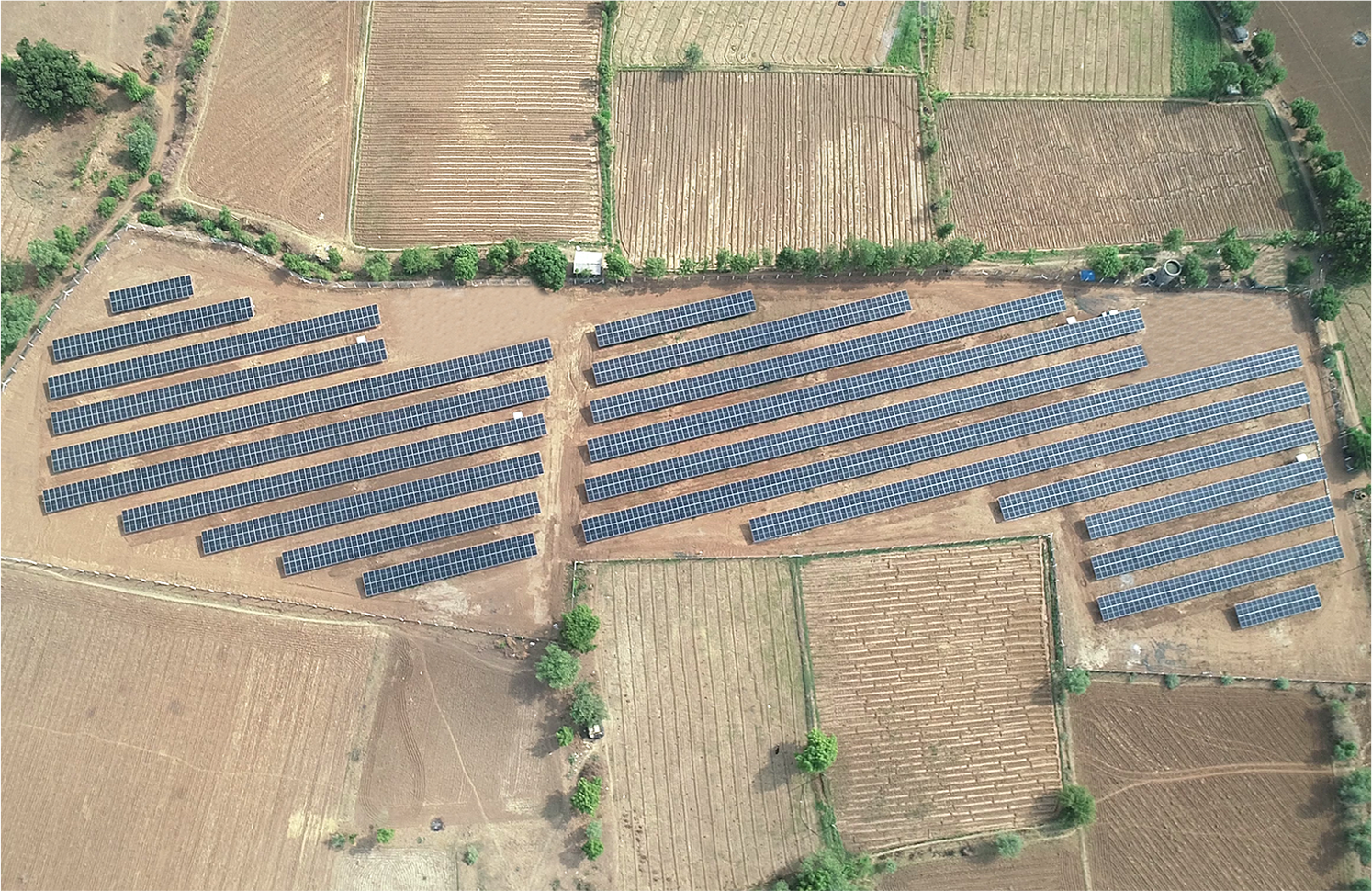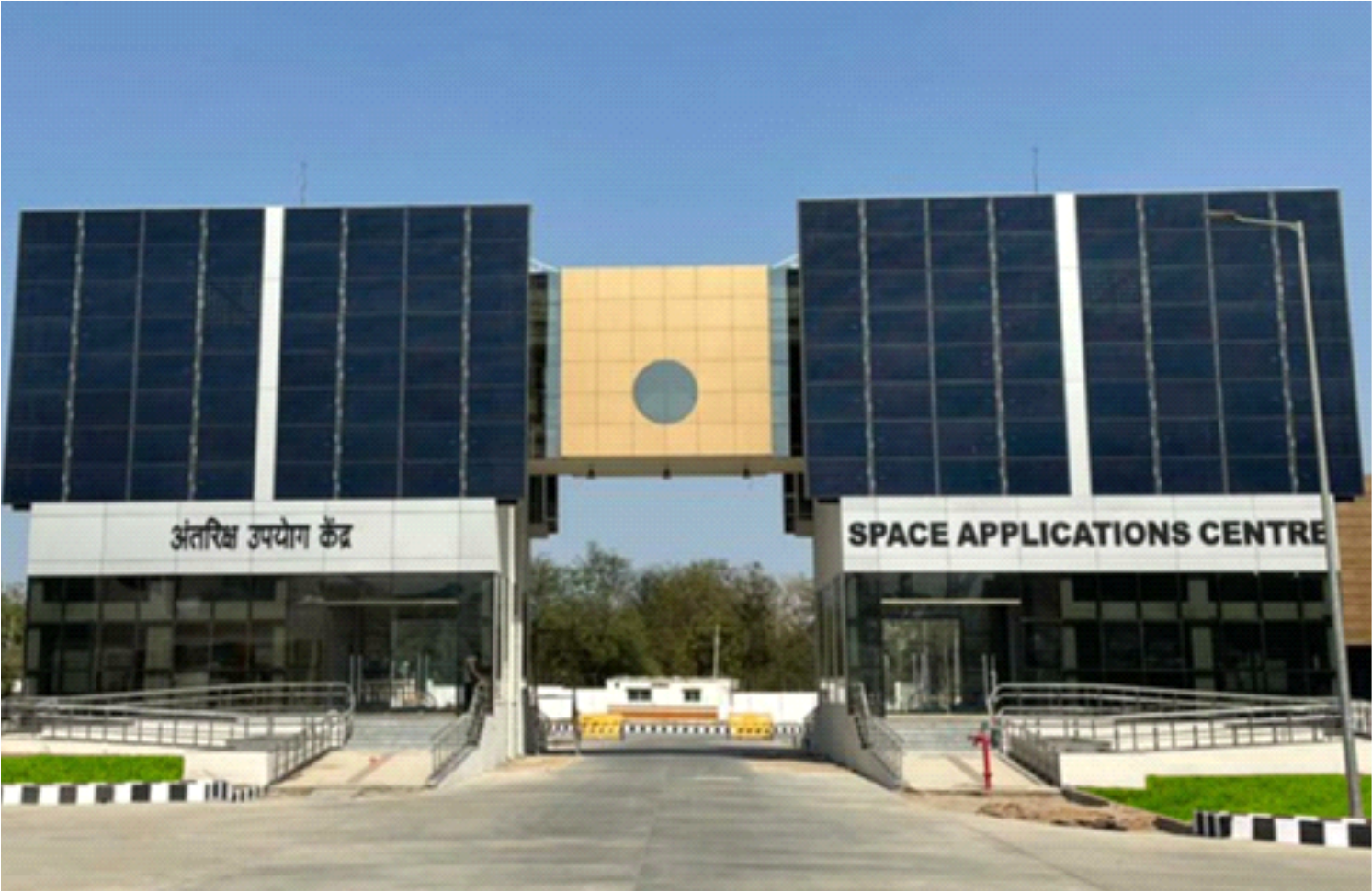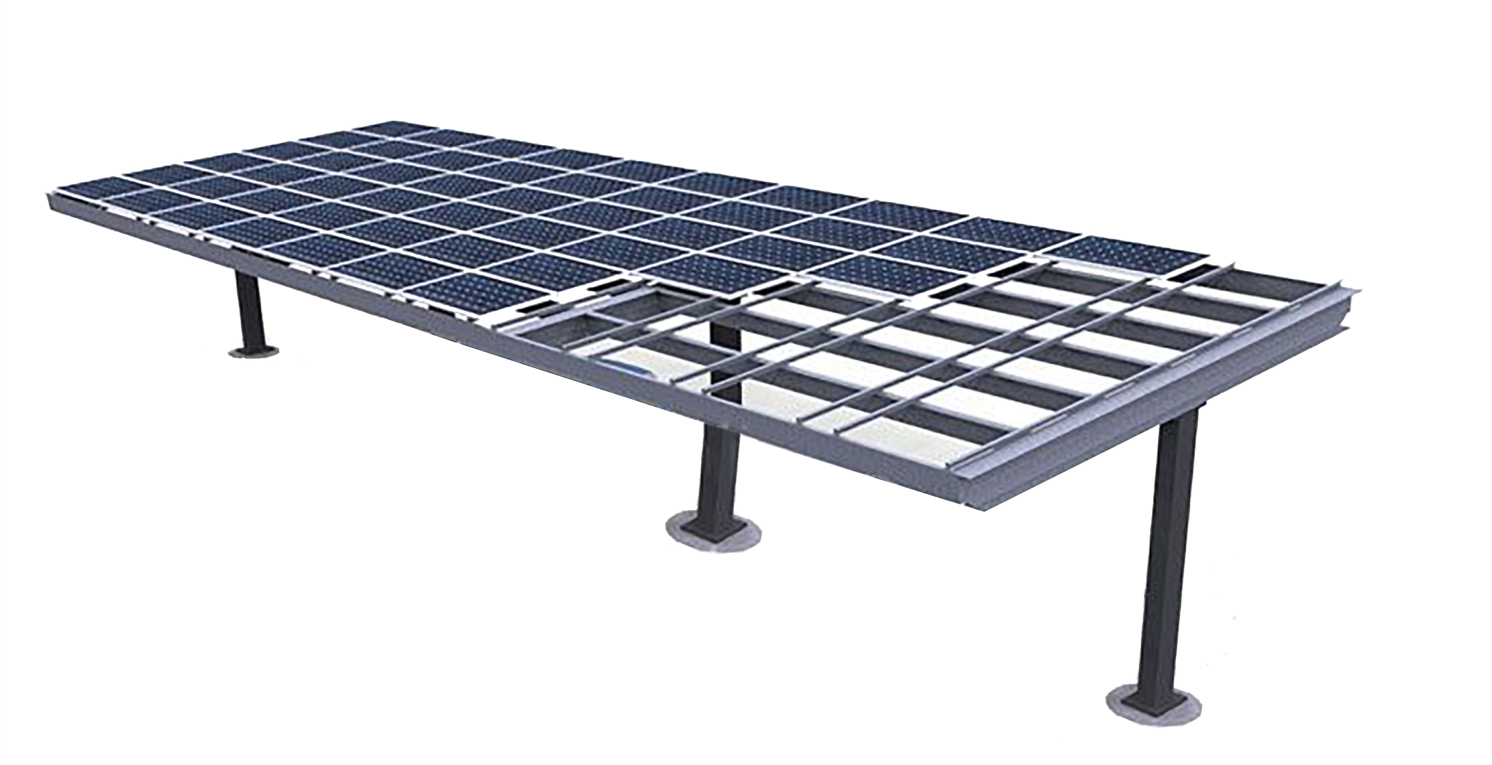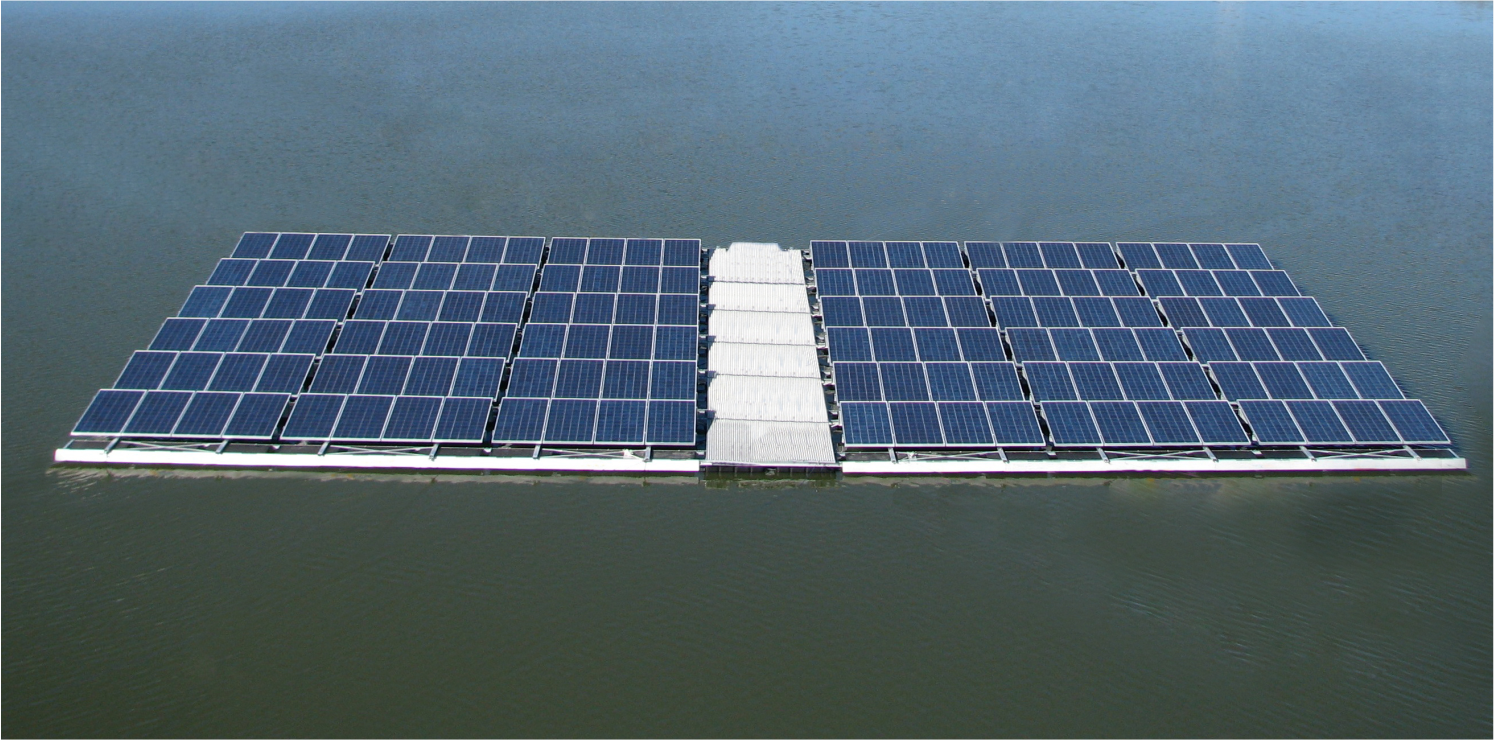In a solar rooftop system, the solar panels are installed in the roof of any residential, commercial, institutional and industrial buildings. This can be of two types (i) Solar Rooftop System with storage facility using battery, and (ii) Grid Connected Solar Rooftop System.
Solar rooftop can be installed from a minimum of 1KW to a maximum of 1 MW of AC capacity. Following are a few benefits of rooftop system:
- Point of use installation
- Low on cost
- Lower power losses
- No wheeling or transmission recurring charges
- Utilization of unproductive space
- Quick installation and lesser regulatory clearances


